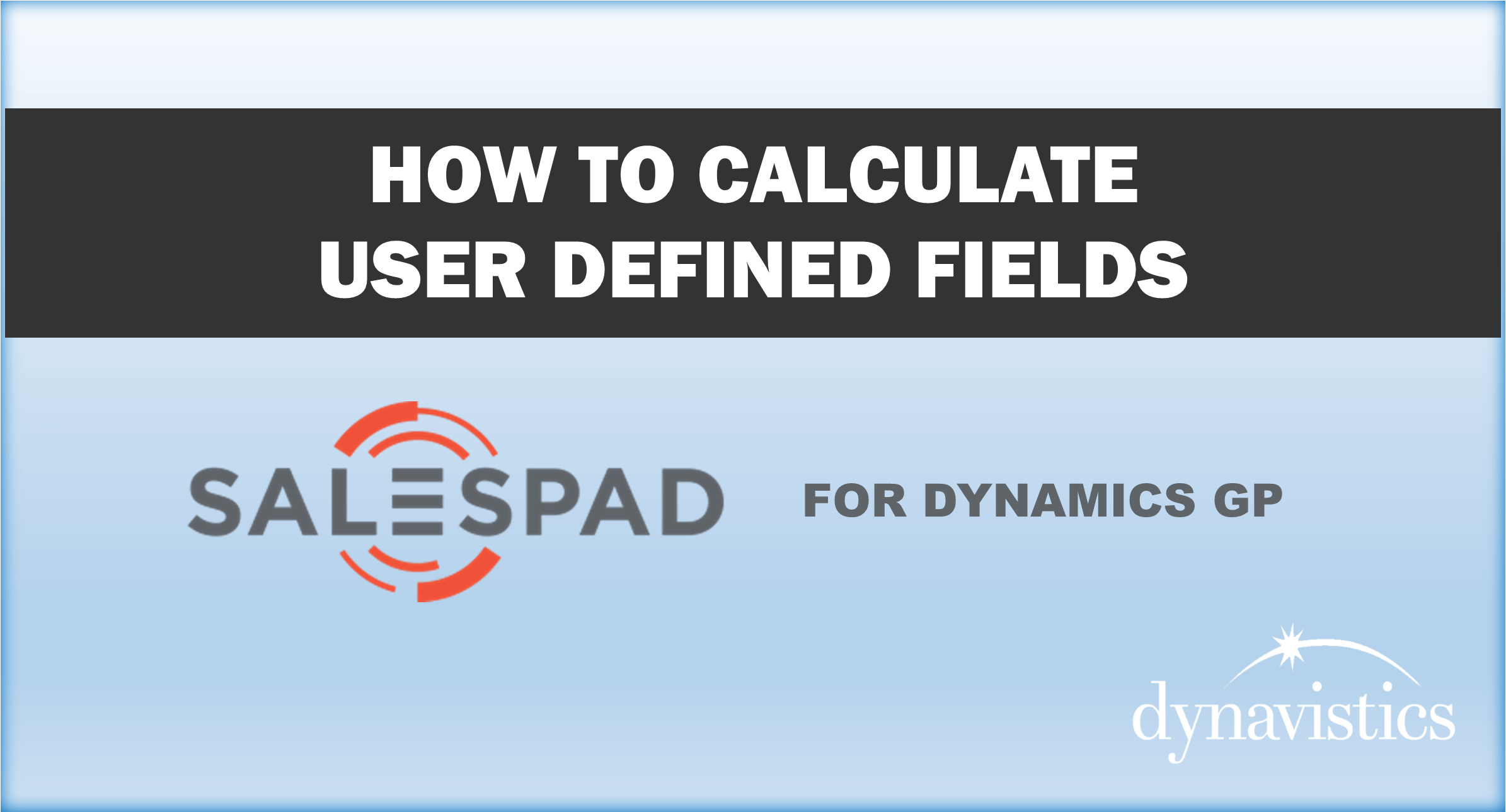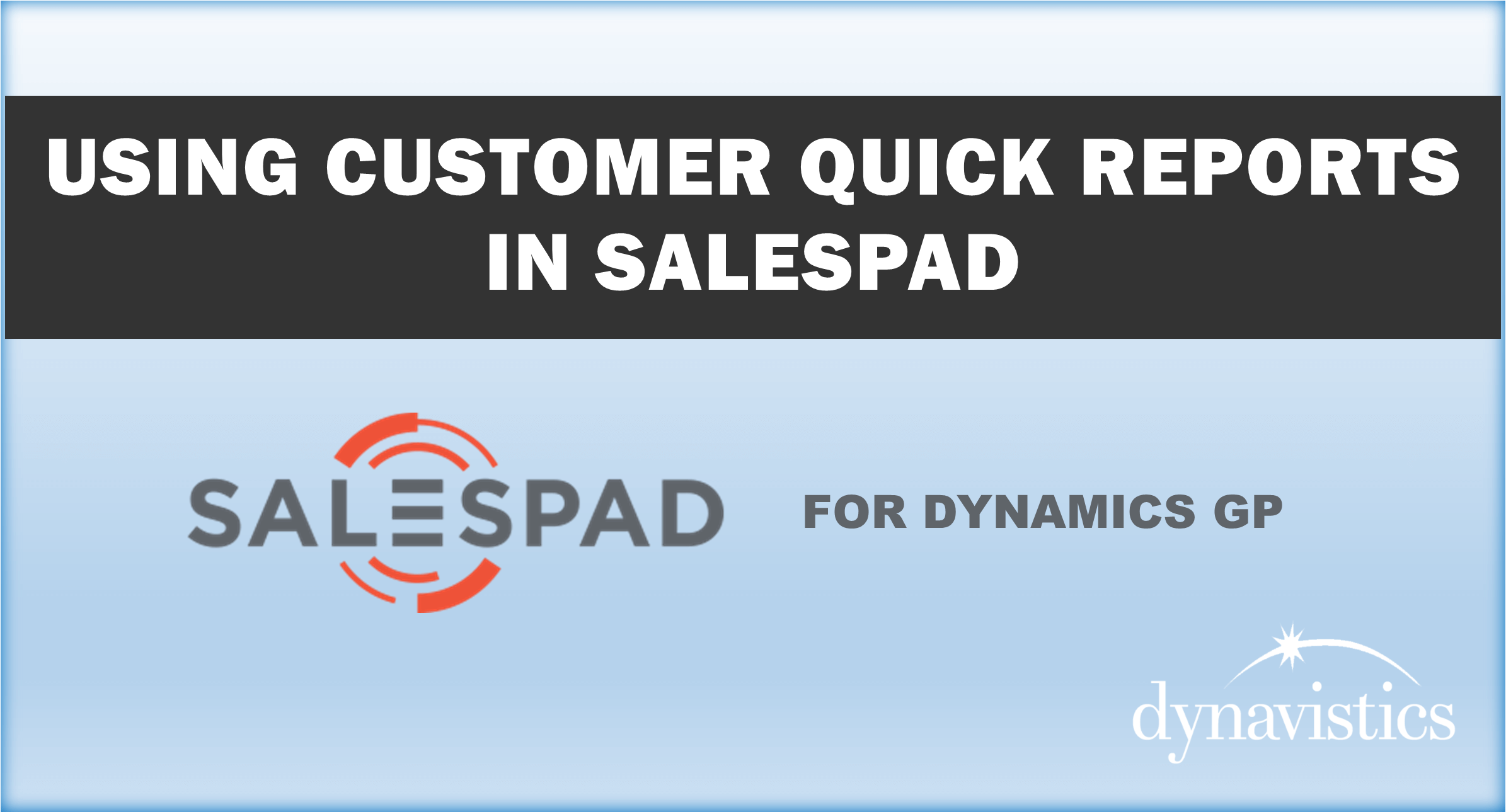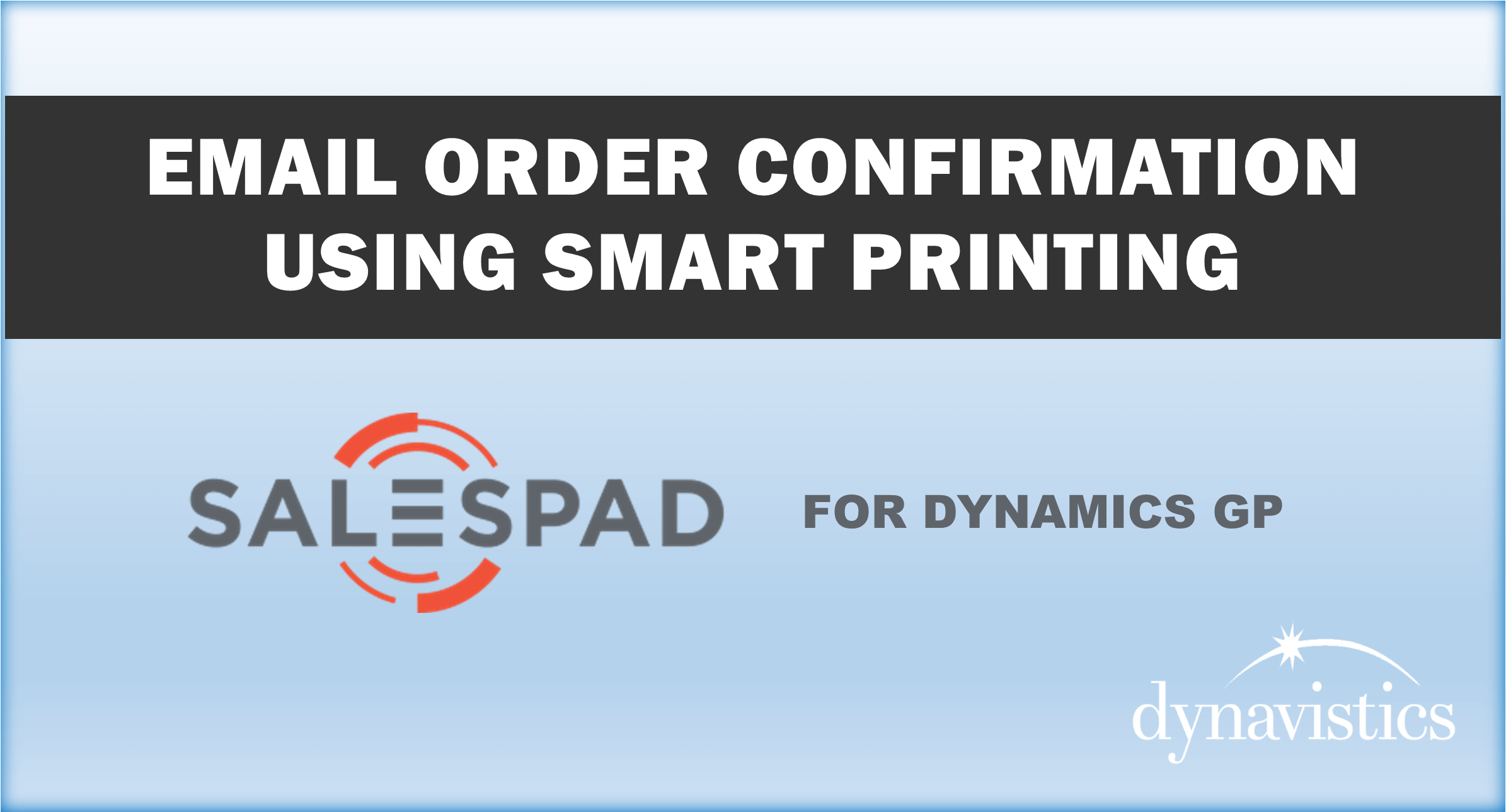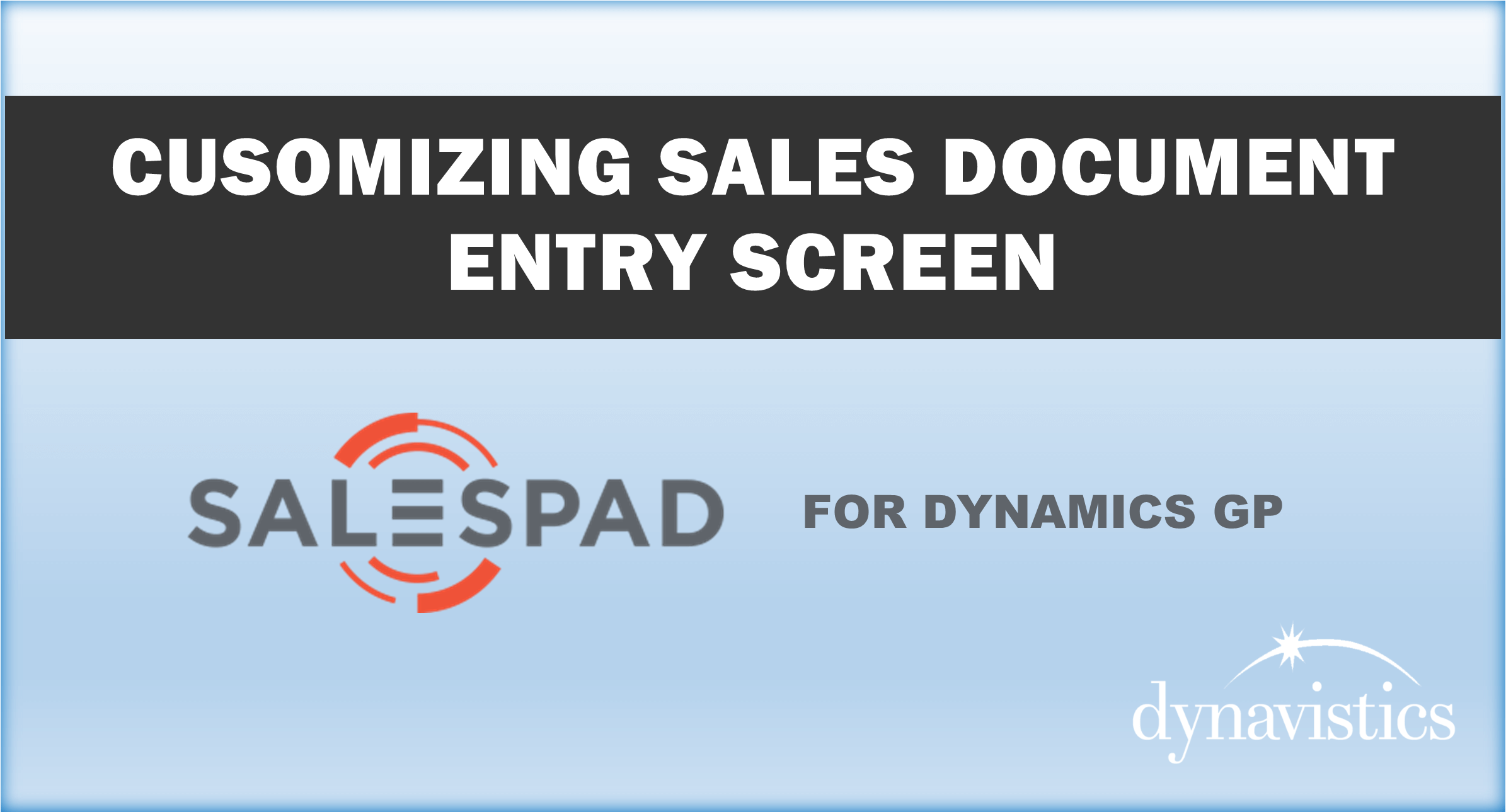Welcome to the second of three videos on Advanced Inventory Replenishment, or A I R for short.
In this video, we will look at how AIR analyses inventory demand and then predicts demand for the coming period using one of many industry standard replenishment calculations.
This calculated figure is referred to as the estimated period demand and is based on either historical demand or forecasted future sales such as collaborative customer forecasts or promotion projections.
We are going to look first at how the system would arrive at estimated period demand based on historical demand.
Demand review
This is the demand review screen
The top part of the screen shows the filters we have applied to get this specific list of items, selecting one site and one vendor. In addition, we can apply an item ranking filter.
Items can be ranked A, B, C, D or X based upon their frequency of sale. This is done using a wizard.
Here the Breakpoint A is 80%. This means we want to identify items that make up the first 80% of our sales, based upon frequency of sell – sometimes referred to as bin-trips. In other words, the fast movers.
Let’s just look at the right half of the list and focus on item Z-101.
The screen is telling us what the demand for this item has been in the last 9 periods.
Businesses without sophisticated software tools will often do a simple calculation like an average of six months’ sales to come up with their Estimated Period Demand. If we did that here we would come up with 25.7. But even a cursory look at the data shows us that demand is trending up. AIR has recognised that and has come up with a forecasted EPD of 35.9
So how has it done that?
It has tried out up to 14 different formula on the historical data to find which one had been the closest predictor to what had happened in the past and then applied that method to this item. In this case it has used Three Period Rolling Average with Trend.
Let’s see that in action.
“Calculation Method Analysis”
Over on the right hand panel is the calculation method analysis button.
The system has tried all the calculation methods and has given each method a score, with “Three Period Rolling Average with Trend” (3PRD RA + TREND) being the closest fit and Weighted Seasonal as the worst.
Back on the demand review screen, next to description – Average Forecast Error (AFE) – signifies the closeness fit of the best method.
If you had used 3PRD RA + TREND for the history of this product the prediction of actual demand for the following period would have been off by nearly 17%. Items can be grouped by tiers of AFE so that you can see which items are producing the most reliable forecasts.
If we look at item Z-103 and repeat this exercise, we will see that the best method is Weighted Standard 3/2.5/2. However, the method being used (indicated by an asterisk) is third in the list, a Weighted Standard with Trend. If we click the update calculation method, and re-display, we will now be using the optimum method.
These changes can be done individually or en masse.
Let’s take a closer look at demand. In many systems demand is synonymous with sales, but that may not be true and relying on pure sales can be very unreliable.
“Maintain Demand Details”
Here we can see those summary period figures that we saw on the demand review screen, broken down.
GP TRXs - Sales.
Assembly – recognises inventory bill of material activity.
Lost Sales – represents sales that are estimated to have been lost due to stock outs. There is no perfect way to identify lost sales, but AIR logs periods of stock out and by combining that information with actual sales. A lost sales figure can be entered manually.
Exceptional Demand – is a known one-off sale which is not part a repeating pattern; such as a single large order or perhaps several sales from selling short dead stock. These can be identified at time of sale or retrospectively, either in summary or at transaction level.
Within AIR demand is defined as sales, plus lost sales, less exceptional demand as you can see against period December 2016.
See also: 5 Ways to Clear Dead Stock from Your Warehouse
Inherited Demand - refers to the capability of the system to inherit the demand of one item from another. This is particularly useful where item supersession is taking place. This does not touch or distort sales history in anyway, since AIR demand tables are held quite separately to sales analysis.
External Trxs - signify there is a facility to import data. This is particularly useful at start up time, as the historical data from a legacy system may be used to establish initial reorder points and order up to levels.
From this screen the inventory controller can drill down to transaction level by clicking on the blue arrow at the left of the headings.
There is also a facility to write notes against any item period combination.
Let’s look now at the rest of the columns in the list display.
Current EPD - Current Estimated Period demand as currently set before completing this review.
Forecast EPD - Forecasted Estimated Period demand, is more accurately defined as the “proposed” EPD. For item Z-102, 45.3 was the current value for this item – 10.5 per week. The system thinks with latest data this should be decreased to 44.6 – approx. 10.4 per week.
Forecast Variance – The percentage by which the system wants to increase/ decrease demand. Large changes merit closer inspection for possible data flaws such as unrecorded exceptional demand or lost sales – but may be genuine.
Period Frequency - Monthly Weekly or Four Weekly.
If we want to update the forecasted column to current, we can either click individual items or Mark All, and then Update.
Bear in mind, we have looked in detail at one item here. In practice this routine may be run for many hundreds of items at a time.
Using Period by Period Forward Forecasts
The forecasts we have looked at so far have been based on a simple single - estimated period demand which is used as a multiplier. In many environments that may be sufficient, but there may be businesses or specific items that require a period by period forecast.
Items may be:
- Seasonal
- Forecast based on collaborative forecasts from customers
- Focus of upcoming promotions
Item Z-106 has a graph icon to its left indicating that this item has been set up with a future forecast
Here we are seeing not a single EPD but a period demand picture. This item is using a trending formula and the effect of this formula is the reason for the steady increase in projected demand. In practice, you may only be buying for the next three months and these figures will be regularly recalculated.
Figures with a type of “Projected” have been calculated by the system but it is possible to plug in additional data either manually or via an import wizard.
The purpose of this video is to demonstrate how AIR utilizes demand information and statistical analysis techniques to create estimated demand figures. These helps generate meaningful and usable order point and order up to level figures as we saw in the first video.
In the final video, we will see how:
- The enhanced PO Generator is used.
- Where the objective is to provide easy to access decision support.
- Give the buyer the tools to confirm or amend the system’s recommendations.
So to summarize Use Advanced Inventory replenishment to:
- Set Your Stock Policies
- Understand your Demand and generate of order point and order up to level values based on industry forecasting formula
- Monitor & review
- Use an Enhanced Purchase order generator to help you Order the Right Products, at the Right Price, at the Right Time
Well I hope you found this interesting and if you would like to know more please schedule your free demonstration today.
Contact Dynavistics today to request a demo and see what Dynavistics' Solutions can do for you.
Interested in learning more? Check out these product videos:
Manage Multiple Units of Measure
Advanced Inventory Replenishment Concepts
Advanced Inventory Replenishment PO Generator
Account Receivable and Credit Collection Management
